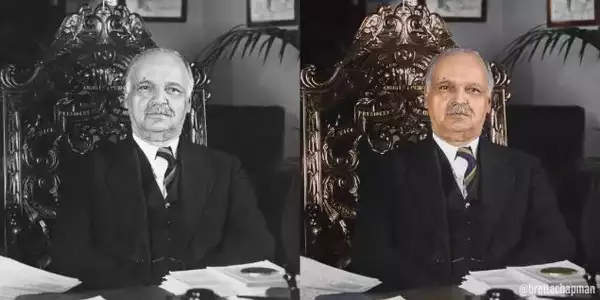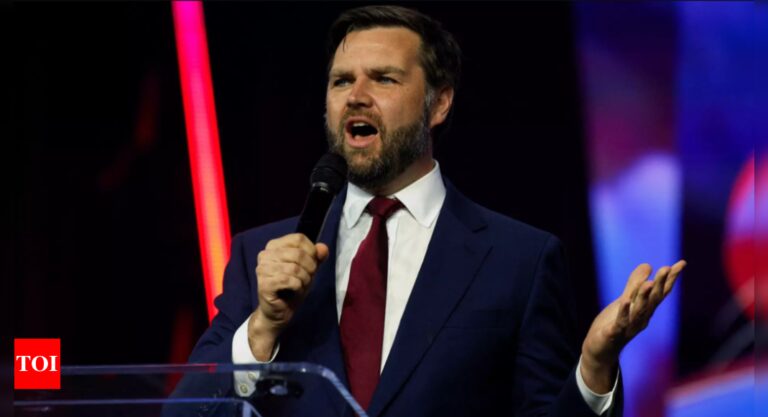The last vice president to have a mustache was Charles Curtis in 1933, while the last vice president to have a beard as thick as Vance’s was Charles Fairbanks, who served under Teddy Roosevelt from 1905 to 1909.

Vance, 39, is the first millennial to appear on a major party’s nomination list and has been one of Trump’s most staunch supporters, particularly on trade, foreign policy and immigration. He gained national attention in 2016 with the publication of his autobiography, “Hillbilly Elegy,” and is set to be elected to the Senate in 2022.
There were rumors that Vance’s facial hair caused him to miss out on the vice presidential nomination, but Trump denied the speculation, telling Fox News Radio host Brian Kilmeade that Vance’s facial hair was just a trend.
“He looks good,” Trump said. “He looks like a young Abraham Lincoln.”
Surveys suggest that voters associate beards with personality traits that politicians generally want to avoid, such as aggression, traditionalism and anti-feminism.
A 2015 survey by Oklahoma State University found that voters perceive men with beards and mustaches as opposed to reproductive choice and “pro-gun rights, military spending and the use of force” — characteristics that align with Vance’s political stances.

